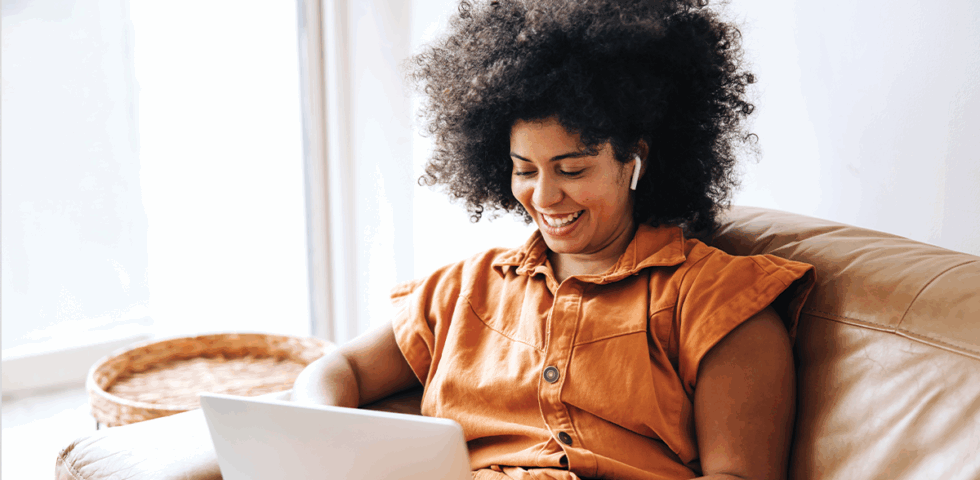Therapy is hard. It’s not at all unusual to be left feeling emotionally bereft after a particularly intense session. Many people experience what’s known as a “therapy hangover,” where you’re left feeling foggy, vulnerable, and often extremely tired. This is a completely normal part of the process, but it can be quite uncomfortable, especially if you aren’t prepared for it. But learning how to deal with this stage can help you sustain your progress between sessions.
What is a “therapy hangover”?
A therapy hangover is shorthand to describe the way you end up feeling after exploring personal issues related to trauma, parts of ourselves we usually avoid, and really complex emotions. Your brain and body might react like they would (or did) in similarly stressful situations.
Why it happens:
- Emotional processing: Revisiting painful memories can sting. It’s raw, and that’s okay. Your mind is working hard to sort through what surfaced.
- Cognitive overload: Therapy challenges old beliefs. It asks your brain to think in new ways, and that kind of shift takes energy.
- Physiological response: Emotions hit the body, too. Your system resets. Feeling tired afterward is completely normal.
With virtual therapy, this transition can feel even harder. In the past, leaving the therapist’s office meant a physical reset: the drive home, the walk to the car, the mental distance from the session itself. Now, with sessions happening in our homes, our cars over lunch, or our bedrooms, it’s harder than ever to make sure you get self-care after virtual therapy. One minute you’re processing something heavy; the next, you’re back at your desk or making dinner. It’s hardly surprising that you might feel out of sorts.
Feeling tired and foggy isn’t a setback. It’s a sign that the therapy is working. But it helps to plan ahead.
Planning for the emotional fallout
One of the best ways to manage a therapy hangover is to schedule your sessions when you can decompress afterward. If possible, book appointments near the end of your workday or week so you don’t have to shift immediately into productivity mode.
Grounding yourself with self-care options
Intentionally learning how to apply therapy tools at home helps your body and mind integrate what you’ve discussed. Here are some strategies to try:
1. Establish an after-therapy routine
Structure means stability. After each session, do something simple but consistent. It might be making tea, lighting a candle, or stretching for ten minutes. Your brain learns to associate that action with safety, so you recover faster.
2. Journal your reflections
Writing bridges your session insights with your daily reality. Note what stood out, what felt hard, and what you want to revisit. Leaving it on the page allows your brain to let go of it, helping you get on with daily life. Plus, journaling can become a record of your growth.
3. Meditate or practice mindfulness
You don’t need a 30-minute sit-down meditation. Even two minutes of focused breathing can calm your nervous system. Guided meditations can help if you’re new to the practice.
4. Move your body
Exercise supports emotional processing by releasing endorphins and lowering stress hormones. Choose something doable, like a walk or some yoga. Physical movement helps regulate emotions and prevents rumination.
5. Treat yourself with care
Therapy can unearth tough emotions. Balance that intensity with something nurturing: a favorite meal, a bath, or an early bedtime.
These small acts of self-care help you slip back into daily life, while also retaining the lessons learned during the session. Keep up with these habits and you’ll learn how to apply therapy tools at home in ways that feel natural and empowering.
Give yourself space to grow
If you find that therapy hangovers are persistent, bring it up with your therapist. Healing works best when it’s collaborative. Together, you can build small rituals, like guided breathing, grounding, or a reflection time before ending your session. That will help ease the transition back to daily life.
If you’re exploring ways to make mental health care more accessible and flexible, consider starting with telehealth therapy services that prioritize compassion, connection, and continuity. Over time, practicing mindful self-care after virtual therapy will help you strengthen emotional resilience and live with greater balance every day.



